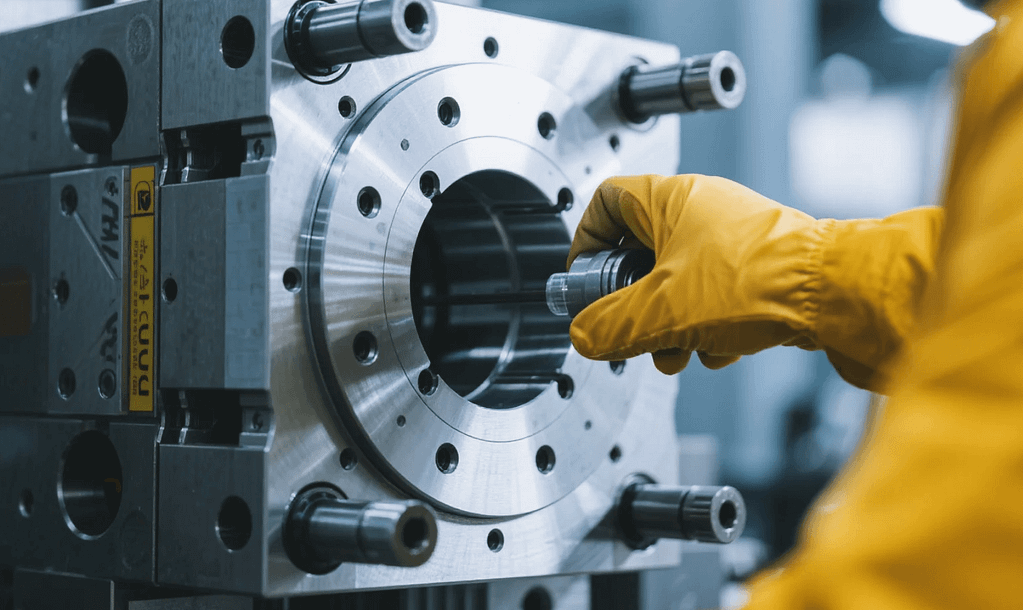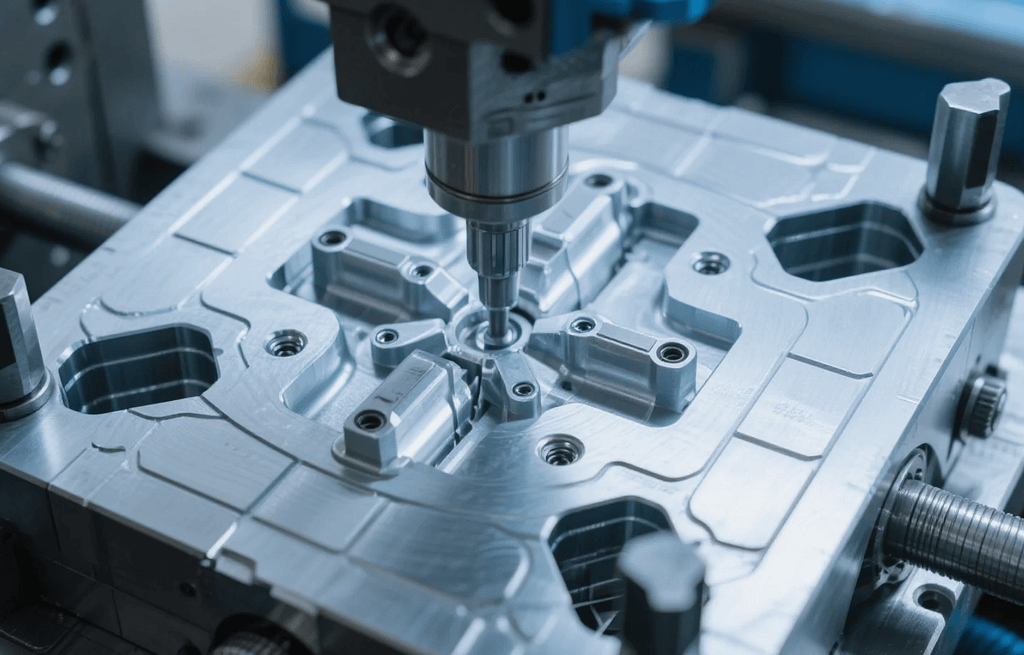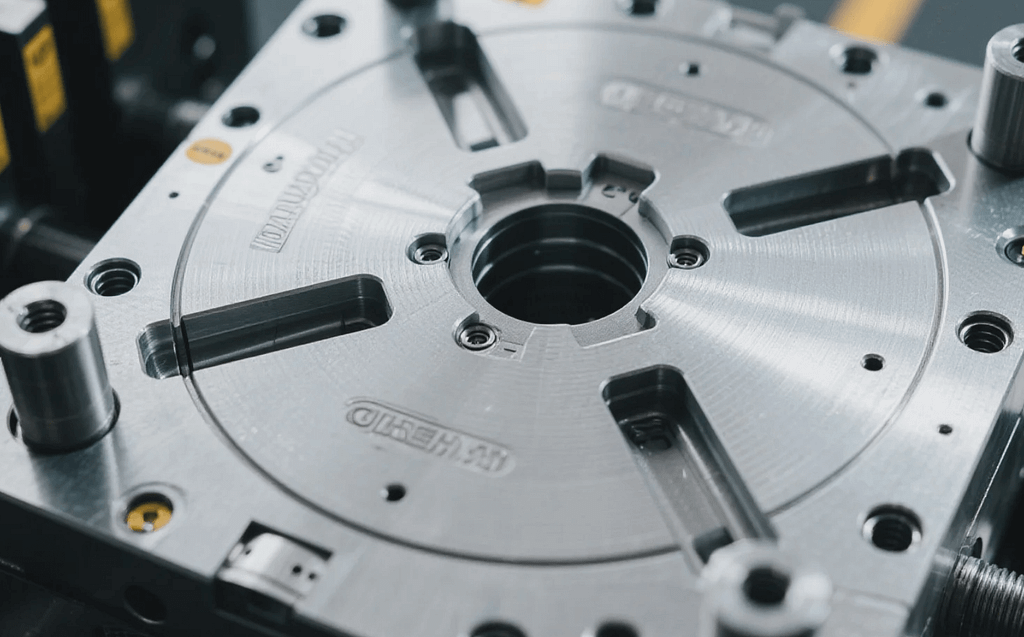The landscape of modern manufacturing is relentlessly driven by the demand for smaller, more complex, and more reliable components. Industries ranging from medical devices and aerospace to consumer electronics rely on parts produced with tolerances measured in microns. For companies like Captec Precision, which specialize in delivering high-level precision manufacturing services, the technology that enables this level of accuracy is paramount. At the heart of this capability lies injection mold technology—a robust, versatile process that is not just an option but a critical necessity for achieving the scale and precision required by today’s innovators.
This process has fundamentally evolved from a simple mass-production technique into a sophisticated engineering discipline. Its criticality stems from its unique ability to replicate complex geometries thousands, or even millions, of times with virtually no deviation. We will deeply explore how this core technology empowers precision manufacturing, providing immense value to service users seeking unparalleled quality and efficiency.
Understanding the Foundation of Precision: The Injection Mold Process

At its most fundamental, injection mold technology involves injecting molten material—typically a thermoplastic, thermoset polymer, or metal—into a precisely machined cavity, known as the mold tool. Once the material cools and solidifies, the part is ejected. While the concept seems straightforward, the “precision” in this context is found in the intricate details of the mold design, the material science, and the process control.
The mold tool itself is a marvel of precision manufacturing. It dictates the final dimensions, surface finish, and geometric features of the component. Manufacturers use advanced Computer Numerical Control (CNC) machining そして Electrical Discharge Machining (EDM) to create these tools, achieving tolerance levels often below ±0.005 mm. This sub-millimeter accuracy in the tool directly translates to the final product, which is vital for applications where fit and function are non-negotiable.
Crucially, modern injection mold systems leverage sophisticated software to manage every parameter of the process: melt temperature, injection speed, pressure holding time, and cooling rate. Controlling these variables ensures consistent material flow and minimal internal stress within the part, which prevents warping and shrinkage. This meticulous control is the difference between a functional commodity part and a high-performance precision component.
Key Features and Advantages in Precision Manufacturing Applications

The utility of injection mold technology becomes profound when considering its specific features that cater directly to the needs of the precision manufacturing sector.
Unrivaled Repeatability and Scale
One of the greatest advantages is the process’s repeatability. Once a mold is validated and the process parameters are locked, every subsequent component produced is virtually identical. For high-volume projects, such as disposable medical consumables or electronic connectors, this consistency translates to a drastically reduced failure rate and simplified assembly processes downstream. The cost per part drops significantly as production scales, making it an economically viable solution even for complex, highly precise parts.
Mastering Complex Geometries
Injection mold technology excels at producing components with intricate features that would be difficult or impossible to achieve with standard machining. This includes parts with internal threads, very thin walls, undercuts, and features like living hinges or micro-fluidic channels. Designers can consolidate multiple assembled parts into a single molded component, reducing bill of materials (BOM) complexity and labor costs. For instance, in surgical instruments, a single molded part might replace an assembly of three or four machined and fastened pieces, improving both reliability and sterilization effectiveness.
Superior Material Versatility
The process accommodates an incredibly wide range of engineering-grade materials, each offering specific mechanical, thermal, or chemical properties. For example, materials like PEEK (Polyether ether ketone) are used for demanding aerospace or medical components due to their high temperature resistance and biocompatibility, while specific grades of liquid crystal polymers (LCP) offer exceptional strength-to-weight ratios for electronics. Selecting the right polymer, coupled with a perfectly designed injection mold, enables the component to meet stringent regulatory and performance standards.
Deep Dive: Sector-Specific Applications Requiring Injection Mold Precision

The true measure of injection mold technology’s criticality is evident in its application across various high-stakes sectors. Precision is not merely a preference; it is a requirement for operational success and safety.
Medical and Healthcare
In the medical sector, applications demand the highest levels of accuracy and purity. Injection mold technology produces everything from sterile syringes and diagnostic cartridges to intricate orthopedic implant components. The molds for microfluidic devices, which require channels and chambers with dimensions often less than 100 microns, demonstrate the extreme capability of the technology. Furthermore, the ability to rapidly produce millions of identical, validated parts is essential for responding to global health needs.
Aerospace and Defense
Components in these fields must withstand extreme operational conditions. Injection mold parts, particularly those made from advanced composite materials or metal injection molding (MIM), offer lightweight strength and excellent thermal stability. Precision in dimensions ensures flawless fit into critical airframe or sensor assemblies, where even marginal tolerance errors could compromise system performance.
Electronics and Telecommunications
The consumer electronics industry constantly pushes boundaries in miniaturization. The tight tolerances achieved with injection mold tools are essential for the production of small, complex connectors, high-density enclosures, and sophisticated internal mechanisms found in smartphones, sensors, and fiber optic systems. The precision allows for the reliable integration of molded components with PCBs and delicate electronic circuitry.
The Intersection of Design, Tooling, and Process Control
Achieving true precision manufacturing with injection mold technology is a holistic effort that links three critical phases:
- Design for Manufacturability (DFM): The partnership between the client and the manufacturer begins here. Expert designers analyze the part’s function and geometry to optimize it for the molding process. This often involves suggesting slight changes to wall thickness, corner radii, or draft angles to ensure uniform material flow and minimize internal stress, thereby guaranteeing final part precision.
- Advanced Tooling: The quality of the injection mold is directly proportional to the quality of the component. Manufacturers use specialty steel, often P20 or H13, and apply advanced coatings to ensure durability over millions of cycles. The design incorporates complex systems for material feeding (hot runners) and cooling channels to maintain thermal stability across the entire tool, which is paramount for dimensional consistency.
- Scientific Molding and Process Validation: Modern operations employ scientific molding principles. This involves rigorous testing and data analysis during the initial production runs to establish a process window where the highest quality parts are consistently produced. This validation ensures the process is robust against minor fluctuations in the environment or material batch, guaranteeing long-term, high-precision results for the user.
The Future of Injection Mold Technology in Precision Manufacturing
The evolution of injection mold technology is not slowing down. Innovations in multi-shot and overmolding techniques allow for the creation of components with multiple materials or colors in a single cycle, further integrating functionality and reducing assembly time. Furthermore, the rise of micro-injection molding is enabling the production of parts weighing less than a milligram, opening up new possibilities in implantable medical devices and micro-robotics.
For customers of precision manufacturing services, understanding the depth of this technology is key to successful product development. When choosing a partner, one must look for expertise not only in running the presses but in the entire lifecycle: from DFM consultation and mold design to the rigorous process validation required to deliver components that meet the most demanding specifications. The commitment to this level of precision is what ultimately drives innovation and market success in a highly competitive global environment.
よくある質問(FAQ)
Q: What is the main difference between standard and precision injection molding?
A: The primary difference lies in the tolerance そして process control. Standard molding typically works with looser tolerances and focuses mainly on cost-effective mass production. Precision injection mold technology, in contrast, focuses on achieving extremely tight dimensional tolerances (often measured in microns), demands highly sophisticated tooling, and uses strict scientific molding principles to maintain absolute consistency and repeatability.
Q: How long does it take to develop a precision injection mold tool?
A: The timeline varies based on mold complexity. A simple, single-cavity mold may take 4 to 8 weeks. However, a highly complex, multi-cavity precision tool with hot runners, side actions, and stringent quality requirements can take anywhere from 10 to 20 weeks for design, manufacturing, testing, and final validation. Investing adequate time in the tool is critical for long-term part quality.
Q: Which materials are most commonly used in precision injection molding?
A: The choice of material depends entirely on the application’s needs (e.g., strength, temperature resistance, chemical inertness). Common engineering-grade materials include PEEK (high-performance medical/aerospace), LCP (electronics, thin walls), PC (Polycarbonate) (clarity, impact strength), and various grades of Nylon そして ABS. Choosing the optimal material is a key step in the Design for Manufacturability (DFM) process.